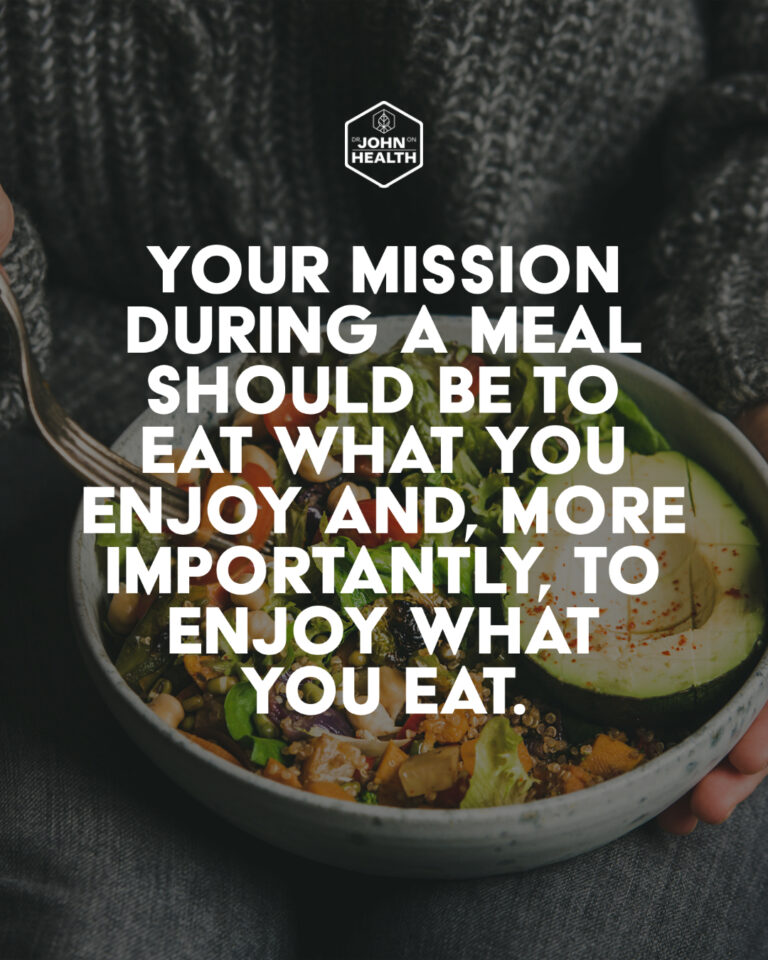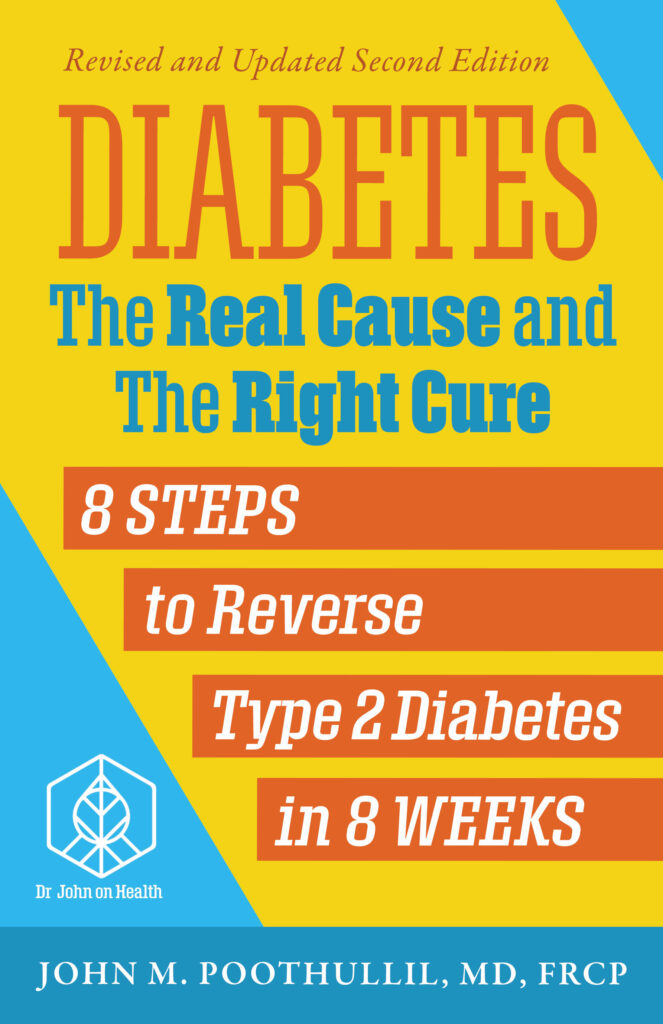This article about diet was originally posted in the Daily Telegraph USA.
“Stop dieting and enjoy your food” is my message for controlling your blood sugar. In the updated version of my best-selling book, Diabetes: The Real Cause and The Right Cure, I added a few pages to answer many diet-related questions. The following three excerpts from the book discuss the best options for Type 2 and pre-diabetics:
Why do we need to eat a variety of foods?
Human beings moved from their place of birth to different areas on different continents either to escape inclement living conditions or to reach more favorable living conditions. By surviving in various parts of the earth, humans revealed that there is an abundant availability of nutrients on a timely basis in sufficient quantities for healthy living. In short, nature has made it possible for humans to survive in almost every part of the globe.
Almost all natural foods from which humans can acquire nutrients come in “containers” made of organic molecules such as cellulose. Think of fruits, vegetables, and nuts. Nature appears to have made these forms of packaging not only to preserve nutrients for the long term but also to protect food from predators. The packaging in different parts of the globe is different in size, shape, color, aroma, texture, and flavor.

As I pointed out previously in the book, the body needs many nutrients for normal functioning. Science has identified 118 nutrients that are used at some time for human health. No one knows with certainty how much of each of these the body needs or how we derive them from the foods we eat.
That is why I always suggest eating a wide variety of foods to ensure you have the opportunity to ingest as many of these nutrients as possible. It is also why I do not believe in fixed diets or third-party programs that supply you with your meals. Only your brain can tell you what you need to eat at any given meal.
Do artificial sweeteners help control blood sugar?
People with Type 2 diabetes often avoid natural sugar and use artificial sweeteners to lose weight and reduce their blood sugar levels. However, this could be counterproductive. Let me explain.
When nutrients such as natural sugar are detected by the receptors in the oral cavity, two alerts are sent: one to the food intake control centers in the brain and the second to the intestine. The brain rewards you by generating the sensation of enjoyment, based on the need for that nutrient in your body at that time. When food reaches the intestine, signals go to the brain, which, in turn, reduces the intensity of enjoyment related to the incoming nutrients to prevent overeating.
In my view, the brain is likely responding to cells throughout the body, calling for a variety of nutrients, not just a single one. When the total need of nutrients reaches some threshold level, the brain generates that very recognizable sensation of hunger you feel. To lose weight, see if you can avoid eating until you truly feel hungry.
Satiation signal: We usually do not drink liquids until our stomach is full. We stop drinking when our thirst is quenched, according to a signal the brain sends us. Similarly, the brain sends us a signal that we have eaten enough. If you pay attention to chewing your food, you will notice that the taste of the food you are eating becomes less and less enjoyable. This is the brain telling you that, for the present moment, enough needed nutrients from that food have entered the body.

Artificial sweeteners, on the other hand, can trigger the sensation of a sweet taste. However, they don’t appear to be effective in moderating food intake. In fact, evidence shows that long-term use of aspartame, sucralose, stevia, and saccharin leads to weight gain and higher blood sugar levels. This suggests that while the enjoyment of a natural nutrient like sugar is based on the satisfaction of obtaining a useful nutrient, the sensation felt with artificial sweetener appears to be based on a conditioned reflex reacting to sweetness from previous experiences. This conditioned response could also explain why some people, addicted to artificial sweeteners, can’t enjoy the natural sweetness of fruits without adding artificial sweeteners to them.
Erythritol, a popular artificial sweetener, used in many sugar-free food products, has been linked to an increased risk of heart attacks and strokes, according to an article in the February 2023 issue of Nature Medicine.
Is natural sugar bad for diabetics?
Many people are confused about whether natural sugar, i.e., sucrose, is the same as glucose in your bloodstream. Sucrose is found in fruits, berries, sugar cane, sugar beets, and other crops that can be boiled down into forms of sugar. The confusion is understandable because, when discussing diabetes, we always refer to the problem of having high blood “sugar.” The same word “sugar” appears to be referring to the same item, so there is a tendency among many people to think that eating any natural sugar increases their blood sugar.
For example, many people make pastries with reduced amounts of sugar (sucrose), believing that they can now consume more of the pastries, without realizing that these are likely to contribute more sugar (glucose) from the flour used than the natural sugar in their coffee.
Why do so many people disregard the loss of enjoyment signal and keep eating until the full stomach signal alerts them? In my view, it has to do with the habit of overeating we have developed, for any or all of the three reasons cited above, in our youth, when there appear to be no consequences. The brain can’t alert you, during a meal, to the long-term consequences of overeating. We do not usually gain much weight at that age, nor incur high blood sugar, so we start believing that overeating is all right once in a while. Later it becomes a regular eating pattern.

Digesting natural sugar (sucrose) is not the same as filling your bloodstream with glucose. Sucrose contains equal parts of glucose and fructose. Both are absorbed as they’re released in the intestine. But while the glucose adds to your blood sugar level almost immediately, fructose is absorbed only half as fast as glucose and has to be further processed into glucose before it can elevate your blood sugar level. This means eating a piece of fruit for breakfast or dessert doesn’t cause the same level of blood sugar peak, compared to an equal amount of carbohydrate in a grain-based product such as toast, muffins, cake, or pie, so it is effectively healthier for you.
The same is true for milk sugar (lactose), which is made of one molecule of galactose and one molecule of glucose. Galactose must be further processed by the liver before it can elevate your blood sugar. The medical profession has done a poor job of educating people that natural sugar has not been shown to increase the incidence of complications in Type 2 diabetes. The medical profession might have unwittingly contributed to creating a prevailing culture in which people fear the natural sugars of whole fruit.
As a best-selling author and Nationally Syndicated Columnist, Dr. John Poothullil, advocates for patients struggling with the effects of adverse lifestyle conditions.
Dr. John’s books, available on Amazon, have educated and inspired readers to take charge of their health. There are many steps you can take to make changes in your health, but Dr. John also empowers us that we must demand certain changes in our healthcare system as well. This article is an excerpt taken from “Diabetes: The Real Cause and the Right Cure”, now available in a second edition.
Follow or contact Dr. John at drjohnonhealth.com.

Don’t let Type 2 diabetes or pre-diabetes control your life – start a delicious new journey to a healthier, happier you today!

Whether you were recently diagnosed or have had Type 2 diabetes for years, this book will open your eyes to new thinking about the real cause and an actual cure based on scientific thinking.
Understanding Dr. John’s explanation for the cause of diabetes opens the door to reversing it. The book provides an easy-to-implement 8-step program that will truly lower your blood sugar for good.
This new edition contains updated information and a new Appendix with over 20 FAQs about diabetes that are critical to your commitment to change your approach to eating.


